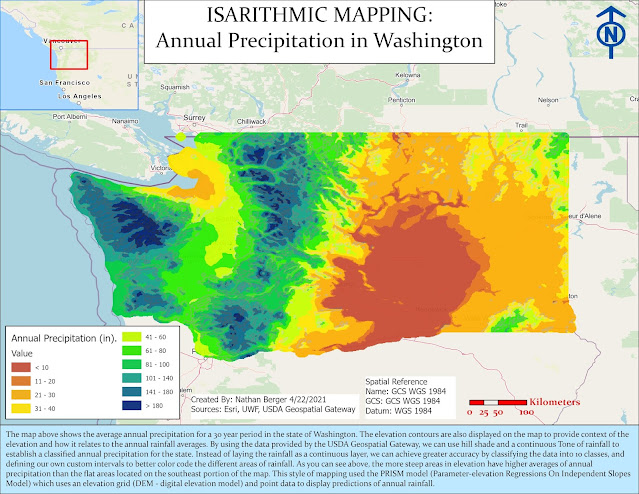Multispectral Imagery Processing
Erdas Imagine and Arc GIS Pro:
Spatial Enhancement for Multispectral Imagery
https://glovis.usgs.gov/
Here are some steps that will need to happen in order to export out our maps...
Histograms are key when conducting raster analysis of any kind!
By using histograms, we can see how the data is distributed across a satellite image to determine the different pixel values for each land feature. Snow and Ice will have a certain pixel value for bands 5 and 6 in our image, but it will differ greatly on other bands such as 1 and 2. Each band in our raster if reflecting different energy that is captured using binary code for our pixel cells. We have a total of 6 bands, each with its on histogram of data containing pixel values. This is how the software color codes the image, based on the pixel values and what color we use to identify each band/layer.
▪ Mapping coastal water areas
▪ Forest types mapping
▪ Identifying cultural features
Band 2 – Green 0.52 - 0.60 μm
▪ Distinguishing healthy
vegetation
▪
Identifying cultural features
Band
3 – Red 0.63 - 0.69 μm
▪ Discriminating different
plant species
▪ Soil boundaries
▪ Geological boundaries
▪
Identifying cultural features
Band
4 – NIR 0.76 - 0.90 μm
▪ Vegetation biomass
▪ Crop identification
▪
Soil / crop and land / water contrasts
Band
5 – SWIR 1.55 – 1.74 μm
Band
7 – SWIR 2.08 - 2.35 μm
▪ Moisture content of plants
& soil
▪ Crop drought studies
▪ Discrimination between
clouds, snow, and ice
▪
Geologic rock types and soil boundaries
Band
6 – LWIR 10.4 - 12.4 μm
▪
Thermal analysis
ALL 3 MAPS BELOW USE THE SAME IMAGE - JUST FYI...
For feature 3, I exported a natural color image from Erdas to arc GIS Pro. I then selected the same true color from feature 2, however I adjusted one of the bands as a custom set up. I changed the red band from layer 1 to layer 5. The green band was set to layer 2, and the blue band to layer 1. This allowed me to define the changes in water depth, as I could clearly see the lighter shades of blue near the coastal water areas, versus the dark shades of blue for the large rivers and water features on my raster. This seemed to be the only color band scheme that worked well to display the water depth differences. I panned across my image to verify that the colors worked for water depth differences, and then exported my image pout.
- Healthy vegetation growth vs. unhealthy vegetation
- Cloud Cover
- Construction and Deforestation
- Water features
- Snow and Ice
- Water depth
- Air Quality
- Military
- Drug Trafficking for Law Enforcement
- Precision agriculture
- Marine Mammal Detection
- Coastal wetlands / Erosion
- Mapping Severe Flooding
- Mineral Patterns of Rock and other verities






Comments
Post a Comment